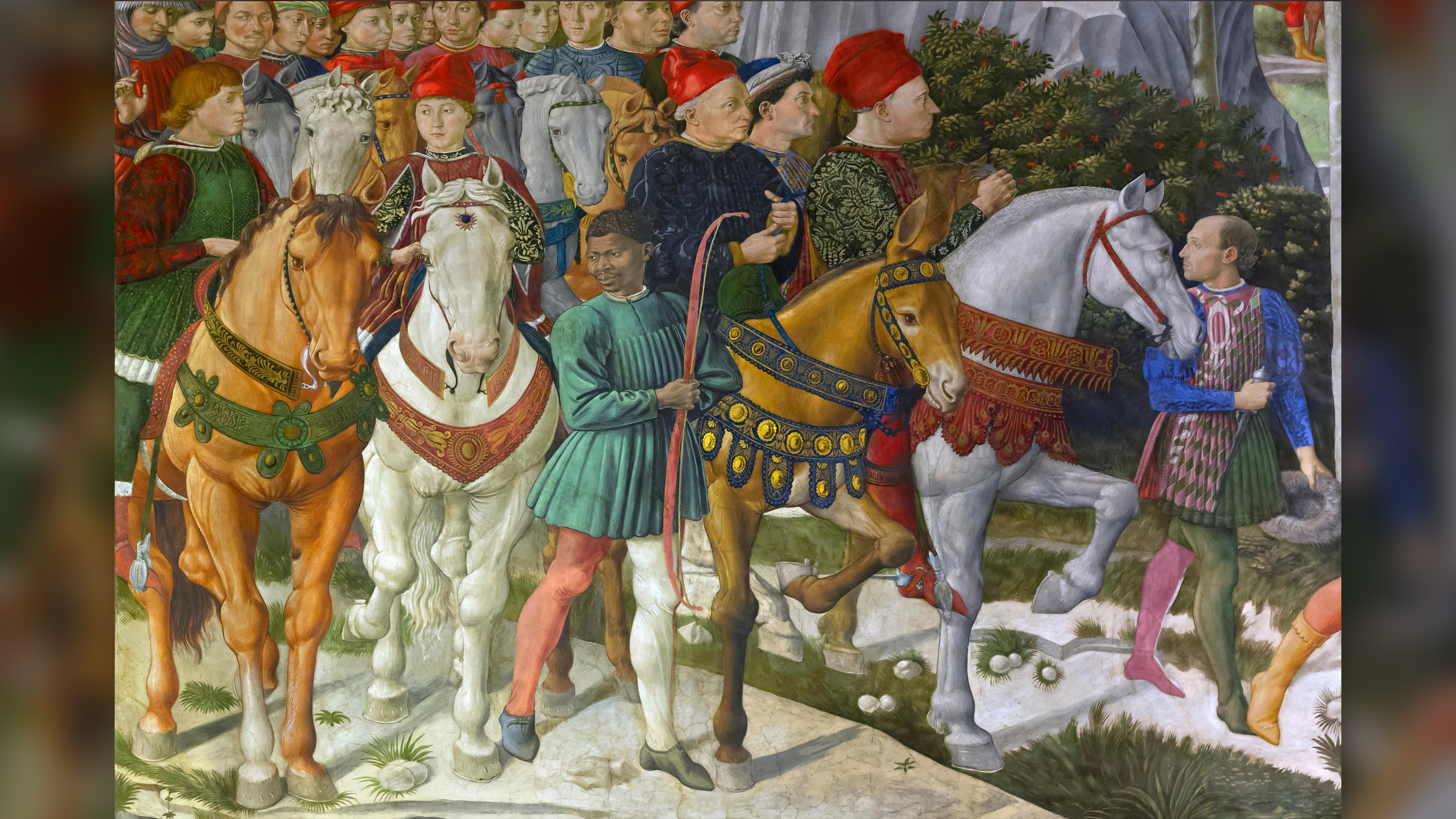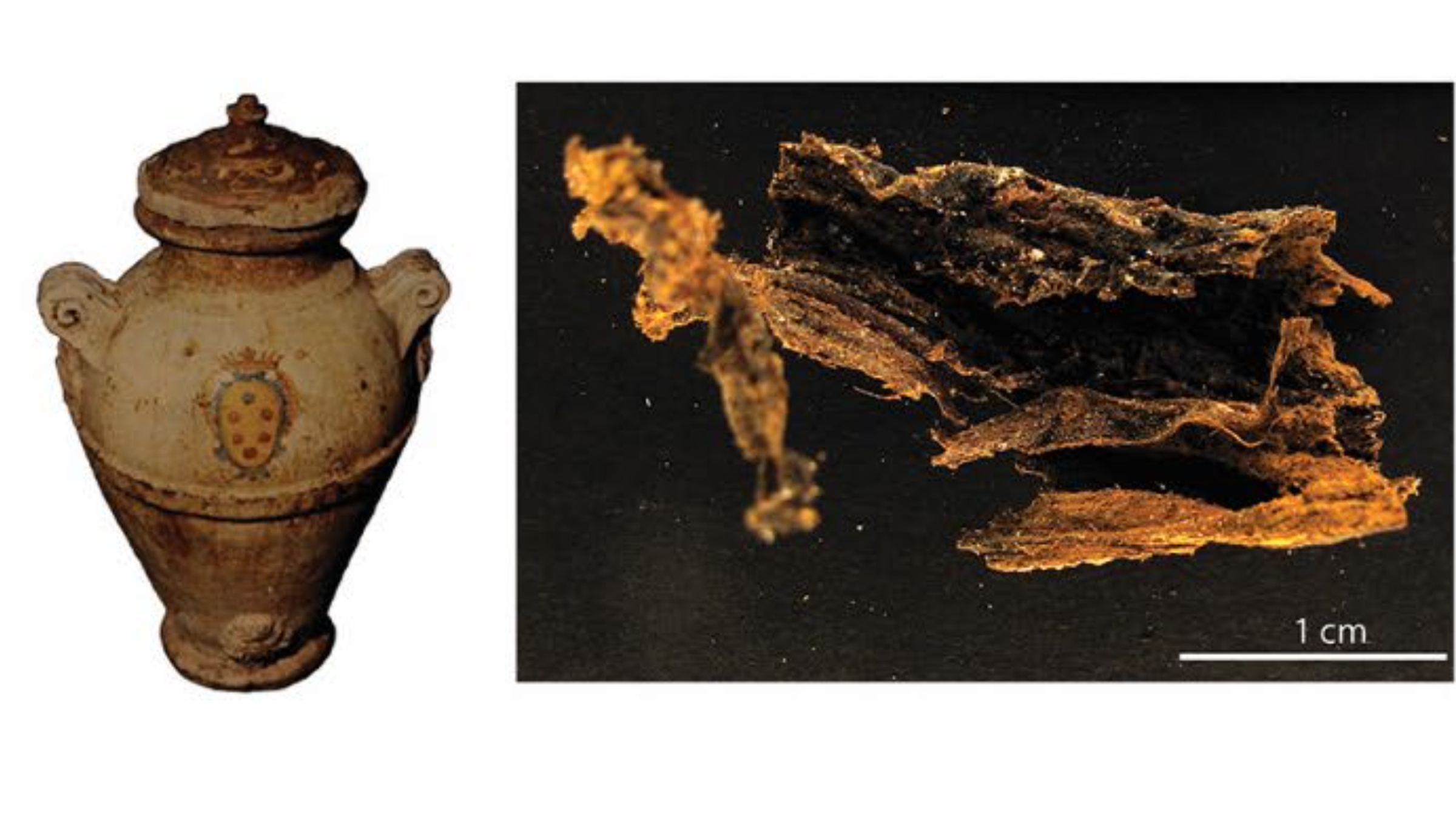Medici family's famous hunting grounds may have killed them, report suggests
At least one Medici was plagued by a deadly strain of malaria, analysis of organ tissue from the Medici family tomb reveals.

The Medici family's history is rife with power struggles, intrigue and murder, but organs interred in the family tomb point to another killer — malaria, which the individual may have caught at the Medicis' hunting grounds.
The researchers found evidence of the parasite that causes malaria, and made the first observation of a parasite from that time in history that remains structurally intact.
The Medicis were an ultra-powerful, wealthy banking family that exerted great influence in Renaissance Florence, eventually becoming rulers of the Duchy of Tuscany in the 16th century.
Because of their power and status, they buried their dead like monarchs in the San Lorenzo Basilica in central Florence, keeping the skeletal remains of the bodies in coffins with the organs removed and stored in separate terracotta jars that often bore just the Medici family crest.

In the new study, published May 18 in the Centers for Disease Control and Prevention journal Emerging Infectious Diseases, researchers analyzed tissue samples in an attempt to match the organ remains with their respective bodies. By chance, the researchers discovered the parasite-like structures on red blood cells.
"We knew red blood cells could be preserved," said Albert Zink, director of the Institute for Mummy Studies in Italy where the research was conducted. He had previously led a study that found red blood cells in the 5,300-year-old remains of Ötzi the Iceman. "But we did not expect to see the parasites," Zink told Live Science. "Five hundred years had passed."
Sign up for the Live Science daily newsletter now
Get the world’s most fascinating discoveries delivered straight to your inbox.
Further analysis confirmed that these structures were the malaria parasite Plasmodium falciparum. Scientists knew that malaria was endemic in the region from the second or third century until the early 20th century, but had assumed the endemic malaria species was P. Vivax, which causes a milder form of the disease. P. falciparum, which is more deadly, usually favors tropical climates.
It's likely that the Medici who was infected experienced a severe relapsing fever, though the researchers can't say for sure whether malaria actually killed this individual.
Clear proof of malaria
The new study marks the first time the pathogen itself was microscopically observed, rather than detecting proteins the parasite produces.
However, attempts to analyze the DNA were inconclusive. Despite the parasite retaining its overall structure, not enough DNA was preserved to assess how the historical P. falciparum differed genetically from what is found today, Zink said.
The Medicis — both men and women — enjoyed hunting in the marshlands of Florence, which would have been the perfect environment for malaria-bearing mosquitoes to thrive. It's likely that if one member of the family caught malaria in that area, others may have followed suit. However, the anonymity of the individual makes it harder to set the results in context or understand the individual's symptoms and further interpret the findings, Raffaella Bianucci, a biological anthropologist at Ronin Institute in New Jersey who has studied malaria in the Medici family but was not associated with the current research, told Live Science in an email.
The contents of two of the other jars had already been matched to two prominent individuals — Anna Maria Luisa de' Medici (1667 to 1743) and Vittoria della Rovere (1622 to 1694), who was the wife of Ferdinand II de' Medici. Further analysis of the tissue samples may yet help to match the contents sampled in the current study to an individual.
Either way, the research suggests malaria was more widespread than previously thought and that the more virulent type, P. falciparum, survived in the temperate Italian climate, Zink said. The study also provides more conclusive evidence of malaria among the Medicis. "This is clear proof of something that was suspected but never really shown in that way," Zink said.

Anna Demming is a freelance science journalist and editor. She has a PhD from King’s College London in physics, specifically nanophotonics and how light interacts with the very small. She began her editorial career working for Nature Publishing Group in Tokyo in 2006. She has since worked as an editor for Physics World and New Scientist. Publications she has contributed to on a freelance basis include The Guardian, New Scientist, Chemistry World, and Physics World, among others. She loves all science generally, but particularly materials science and physics, such as quantum physics and condensed matter.









